Looking at bright, radiant, and multi-colored corals swing with the water current is a sight to behold.
Coral reefs have been around for a long time, with evidence dating back a million years, and are one of our planet’s most essential and diverse ecosystems. They are home to countless fish species, invertebrates, and other marine animals, including many not found elsewhere.
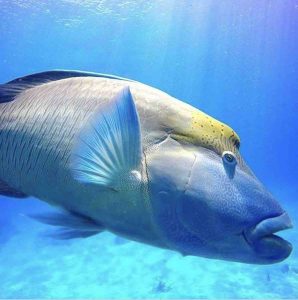

Coral reefs are found in tropical and subtropical waters worldwide, typically in areas with warm waters. Some of the most well-known coral reef systems are in the Indo-Pacific region, including the Great Barrier Reef, the Coral Triangle in Southeast Asia, and the Indian Ocean.
The 2000 km Great Barrier Reef off the coast of Australia is the world’s largest living structure which can also be seen from space with our naked eye. The reef ecosystem is home to different types of coral, birds, seaweed, crabs, sea turtles, and thousands of fish species, including Wally Maori Wrasse, a gentle giant facing an existential crisis.
Coral reefs are also found in the Caribbean Sea, the Gulf of Mexico, and along the coasts of Florida and Hawaii in the United States. Additionally, there are smaller coral reefs in the Mediterranean Sea, the South China Sea, the Gulf of Aqaba, and other locations.
How are Corals formed?
Coral reefs are formed by small animals, called coral polyps, that latch on each other through calcium carbonate. They are the building blocks of coral reefs and play a critical role in the formation and growth of these complex ecosystems.
Coral polyps are tiny, soft-bodied animals belonging to the phylum Cnidaria, which also includes jellyfish and sea anemones. They are typically less than half an inch in size and have a cylindrical body with a mouth surrounded by tentacles at the top. They secrete a calcium carbonate skeleton that forms the rugged, rocky structure of coral reefs. When coral polyps die, their empty skeletons remain, and new polyps can settle on top of them, gradually building up the reef over time.
Coral polyps are also for the coral reef ecosystem because they have a symbiotic relationship with tiny photosynthetic algae called zooxanthellae, which live within their tissues. The zooxanthellae provide the polyps with energy from photosynthesis, while the polyps provide the algae with a protected environment and nutrients. This symbiotic relationship gives coral reefs their vibrant colors and supports the diverse array of marine life within them.
Though most corals use photosynthesis, others have tentacles to catch prey or obtain nutrients from the water, such as plankton and detritus.
Importance of Coral Reefs
Here are a few reasons why Coral Reefs are essential for marine life and human society.
Coral reefs are often called the “rainforests of the sea” because of their incredible biodiversity. They are often called the rainforests of the sea since they shelter and protect about 25% of marine species, even though they cover just 0.1% of the ocean area in the world.
Coral reefs are an essential source of food for people around the world. They support fish populations caught for food; many rely on these fish for their livelihoods. Coral reefs also support recreational fishing, an important industry in many coastal communities.
Coral reefs provide protection and act as a natural barrier against storms and wave action. They help to protect coastlines from erosion and reduce the impact of hurricanes on nearby communities.
The colorful Coral reefs are a significant draw for tourists, who snorkel and dive to enjoy the marvel of the coral ecosystem. Tourism is an important industry in many coastal communities, and coral reefs are a significant factor in the success of this industry. Just the Great Barrier Reef attracts more than 2 million visitors every year.
Many plants and animals that live in coral reefs are used in medicine. For example, compounds from some corals are being used for treating cancer, arthritis, bacterial infections, Alzheimer’s disease, and other diseases.
Threats to Corals
Though Corals have survived periods of warming and cooling, rising and falling sea levels, and other changes to the earth’s climate and geography over the last millions of years, they are now facing an increasing number of threats from human factors.
Coral polyps are vulnerable to various threats, including ocean warming, ocean acidification, pollution, overfishing, and physical damage from human activities. When coral polyps die or become stressed, they can expel their zooxanthellae, leading to a phenomenon known as coral bleaching. This can be devastating for coral reefs, as it can cause widespread coral mortality and disrupt the ecosystem’s delicate balance.
Wrapping Up
Coral reefs are a vital part of the marine ecosystem and are essential in supporting aquatic life and human society worldwide.
Time will tell if coral reefs can evolve and adapt to changing environmental conditions. However, from our end, we must do whatever it takes to protect and conserve these fragile ecosystems for our planet’s stability.

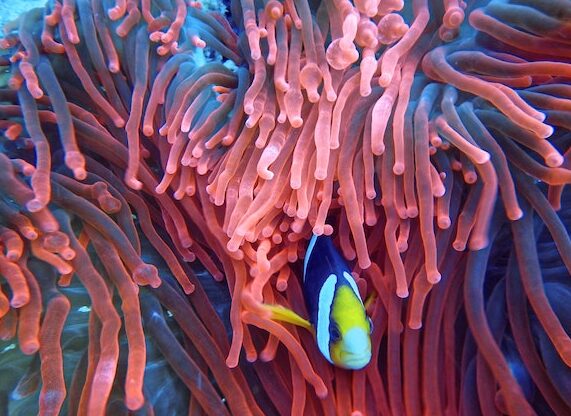
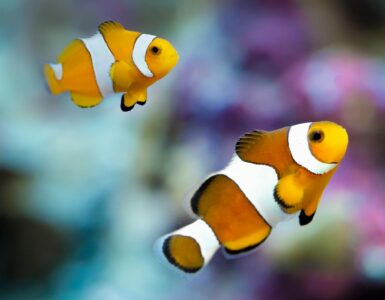
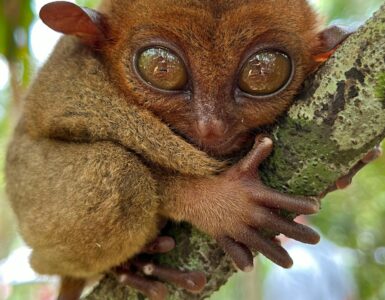

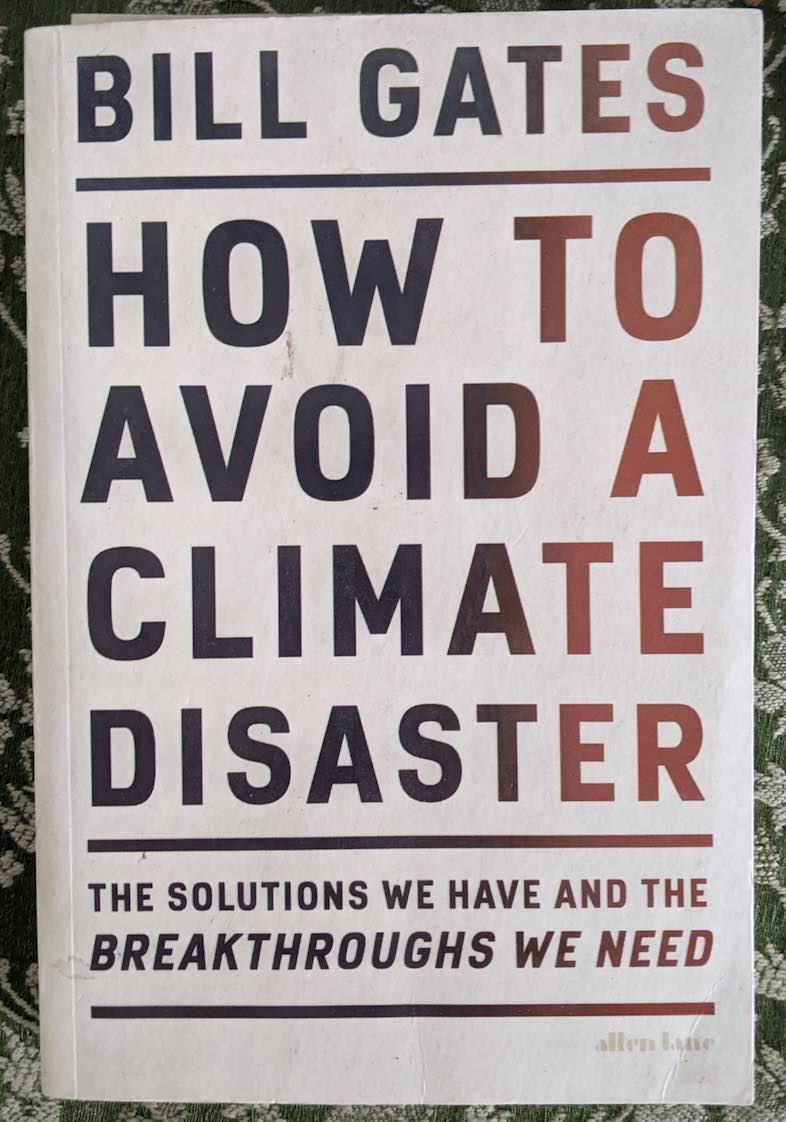

Add comment